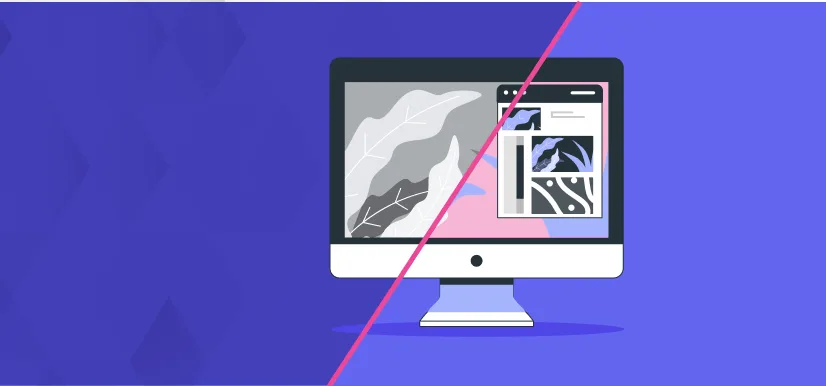Individualization
What Is Individualization in Marketing
Individualization (also called one-to-one personalization) in marketing is creating a marketing strategy tailored to the specific needs and wants of an individual customer. This approach allows businesses to better connect with their target audience and ultimately results in more sales and higher customer satisfaction levels.
What Is the Difference Between Individualization and Personalization
When it comes to marketing, the terms "individualization" and "personalization" are often used interchangeably. However, there is a big distinction between the two concepts. Individualization refers to tailoring content or experiences to an individual user based on their specific needs or preferences. On the other hand, personalization is a more general approach that involves creating content or experiences relevant to a wider group of people.
There are several key differences between individualization and personalization:
Individualization is all about catering to the unique needs of an individual user, whereas personalization is about creating content that is relevant to a wider group of people.
Individualized content is typically more expensive and time-consuming to produce since it requires a deep understanding of the user and their specific needs. On the other hand, personalized content can be created relatively quickly and cheaply since it doesn't need to be tailored to a specific user.
Individualization often results in a better user experience since the content is specifically designed for the user. Personalization can sometimes result in a less effective user experience since the content is not always relevant to the user.
Overall, individualization is a more targeted and customized approach, while personalization is a more general approach. Both strategies can be effective, but it's important to understand their key differences.
Why Is Individualization Important in Marketing and Digital Customer Experience
The importance of individualization in marketing and digital customer experience cannot be understated. In a world where customers are inundated with generic, one-size-fits-all messaging, individualization allows brands to cut through the noise and connect with their audience on a personal level.
Individualized messages are more likely to be read and acted upon than generic ones, making individualization an essential tool for any brand that wants to create a meaningful connection with its customers.
Personalized messages also create a feeling of exclusivity and VIP treatment that can make customers feel valued and appreciated. This, in turn, can lead to increased customer loyalty and repeat business.
Finally, individualization can help brands stand out from their competition. In a crowded marketplace, being able to offer a unique and personalized customer experience can be the difference between winning and losing a customer.
For all these reasons, individualization is essential to creating a successful marketing and digital customer experience strategy. By personalizing messages and treating customers as individuals, brands can create deeper connections, increase loyalty, and win more business.
How to Create Individualized Digital Customer Experiences
Most businesses know that they need to create personalized experiences for their customers if they want to stay competitive. But what exactly does that entail? And how can you ensure that your digital customer experiences are truly individualized?
Here are a few tips:
Get to know your customers. Take the time to learn about their needs, wants, and preferences. The better you understand them, the easier it will be to create tailored experiences for them.
Use data to your advantage. Collect data on your customers’ interactions with your brand – both online and offline. This will give you valuable insights into their behaviors and allow you to create more targeted experiences for them.
Personalize each interaction. Make sure that every touchpoint with your customer is personalized. This includes everything from emails and website content to ads and customer service interactions.
Use automation wisely. Automation can be a great way to scale personalization, but it’s important to use it sparingly. Over-automating your customer interactions can lead to an impersonal, cold experience.
Always test and optimize. Personalization is an ongoing process, so constantly testing and optimizing your efforts is important. Try different approaches and see what works best for your customers.
By following these tips, you can create truly individualized digital customer experiences that will help you stand out from the crowd.
Get a weekly roundup of Ninetailed updates, curated posts, and helpful insights about the digital experience, MACH, composable, and more right into your inbox

